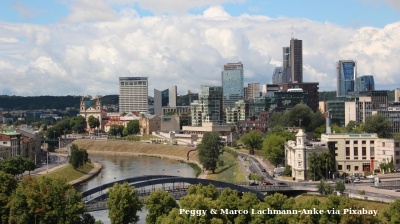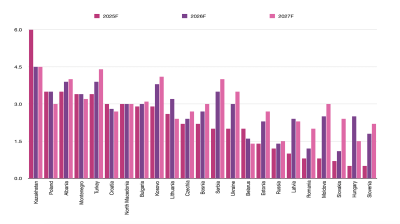Hungary’s economy stagnated in Q1 2025 and fell 0.4% year on year (chart) according to seasonally adjusted data, dealing a blow to Prime Minister Viktor Orbán’s earlier pledges of a growth “explosion” at the start of the year.
Fresh figures released by the Central Statistical Office (KSH) showed GDP contracted 0.2% compared to the previous quarter, marking a significant deterioration from the moderate expansion recorded at the end of 2024. The disappointing data mark a return to contraction and challenge the government's hopes for 2.5% growth for 2025.
Hungary’s economy has struggled to regain momentum since mid-2022, alternating between marginal gains and contractions. Seven of the past 11 quarters have recorded negative growth, including four of the last six. The country exited a technical recession late last year, only to slip back into decline.
Economy Minister Marton Nagy just weeks earlier predicted "modest growth" for the quarter, however, the latest data underscore structural fragilities, including a steep fall in investment, deteriorating business confidence, and continued fiscal constraints that limit state-led infrastructure spending. EU funding has also remained subdued, exacerbating the drag on capital formation.
Although the KSH did not provide a detailed sectoral breakdown, it highlighted that industrial production and construction were key drags, while services continued to support output.
The data suggest that the sluggish external environment, particularly in Germany and heightened trade tensions, continues to weigh heavily on Hungary’s export-oriented industry.
Business sentiment remains cautious, with lingering uncertainty dampening investment appetite. Lending data point to subdued corporate borrowing, and analysts warn that no turnaround in capital formation is likely to have occurred in Q1.
Household consumption, which previously helped offset weaker exports, may also have cooled, as higher-than-expected inflation at the start of the year likely eroded purchasing power and consumer confidence.
To meet the government’s 2.5% growth target, revised from 3.4%, Hungary would need quarterly growth rates of around 2% for the remainder of the year, a pace viewed by most economists as implausible. Even if the economy were to gain 0.8% for the remaining three quarters, annual growth would barely approach 1%, financial website Portfolio.hu observed.
KSH will release a detailed breakdown on June 3.
Data
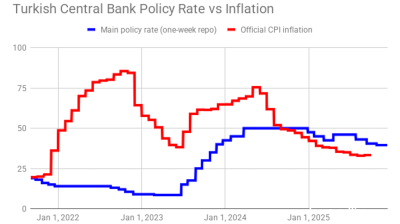
Turkey's central bank remains cautious, delivers 100bp rate cut
Decision comes on eve of next hearing in trial that could dislodge leadership of opposition CHP party.

Polish retail sales return to solid growth in September
Polish retail sales grew 6.4% year on year in constant prices in September, picking up from a 3.1% y/y rise in August, the statistics office GUS said.
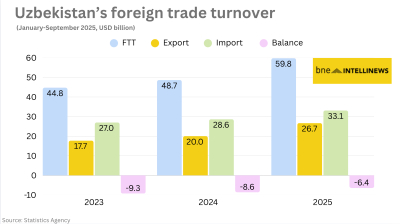
Uzbekistan’s nine-month foreign trade nears $60bn
Export growth of 33% and import expansion of 16% y/y produce $6.4bn deficit.
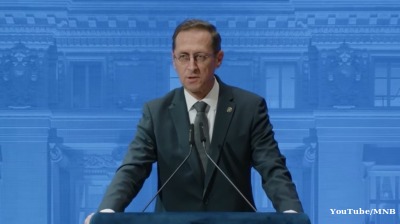
Hungary’s central bank leaves rates unchanged
National Bank of Hungary expects inflation to fall back into the tolerance band by early 2026, with the 3% target sustainably achievable in early 2027 under the current strict policy settings.
